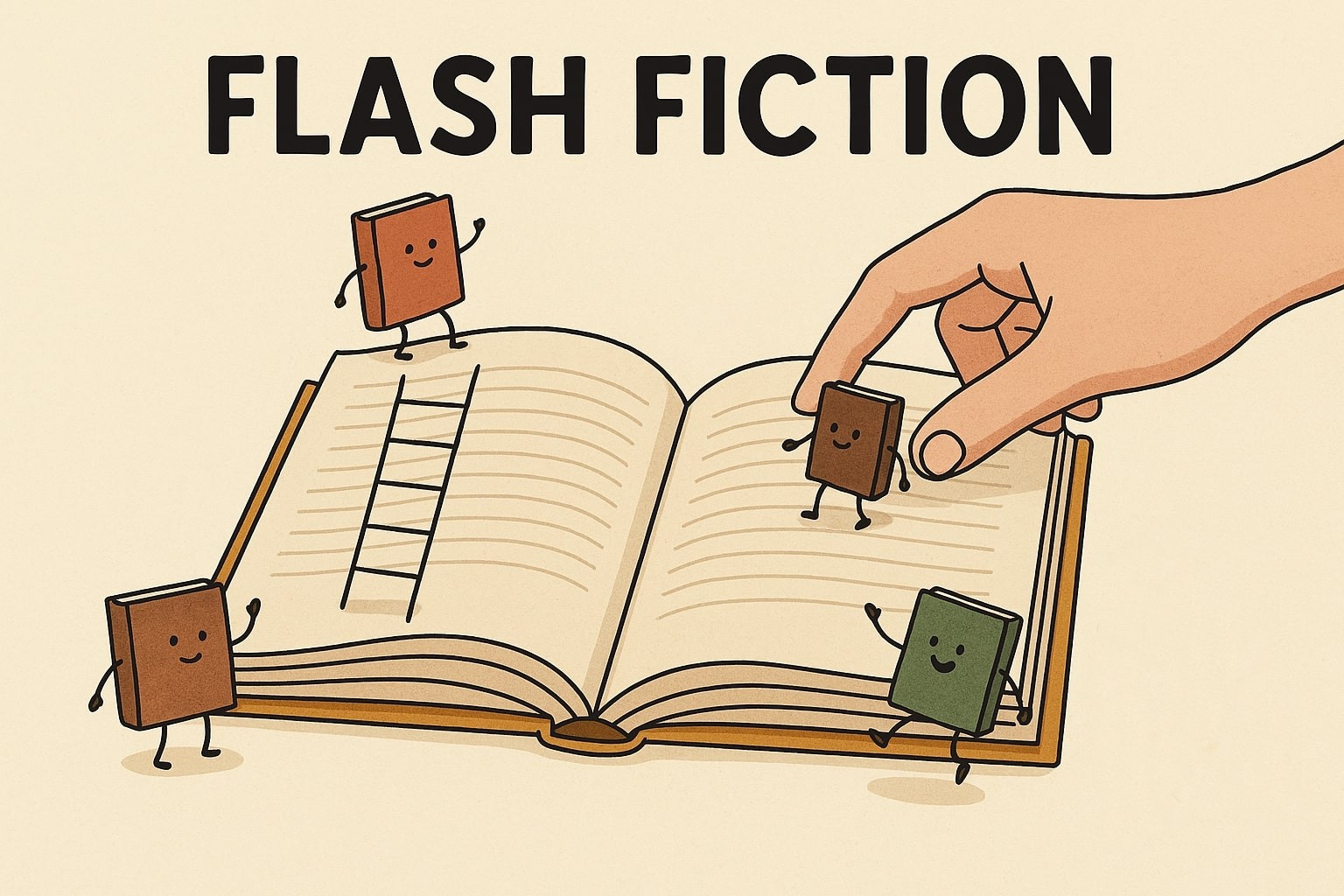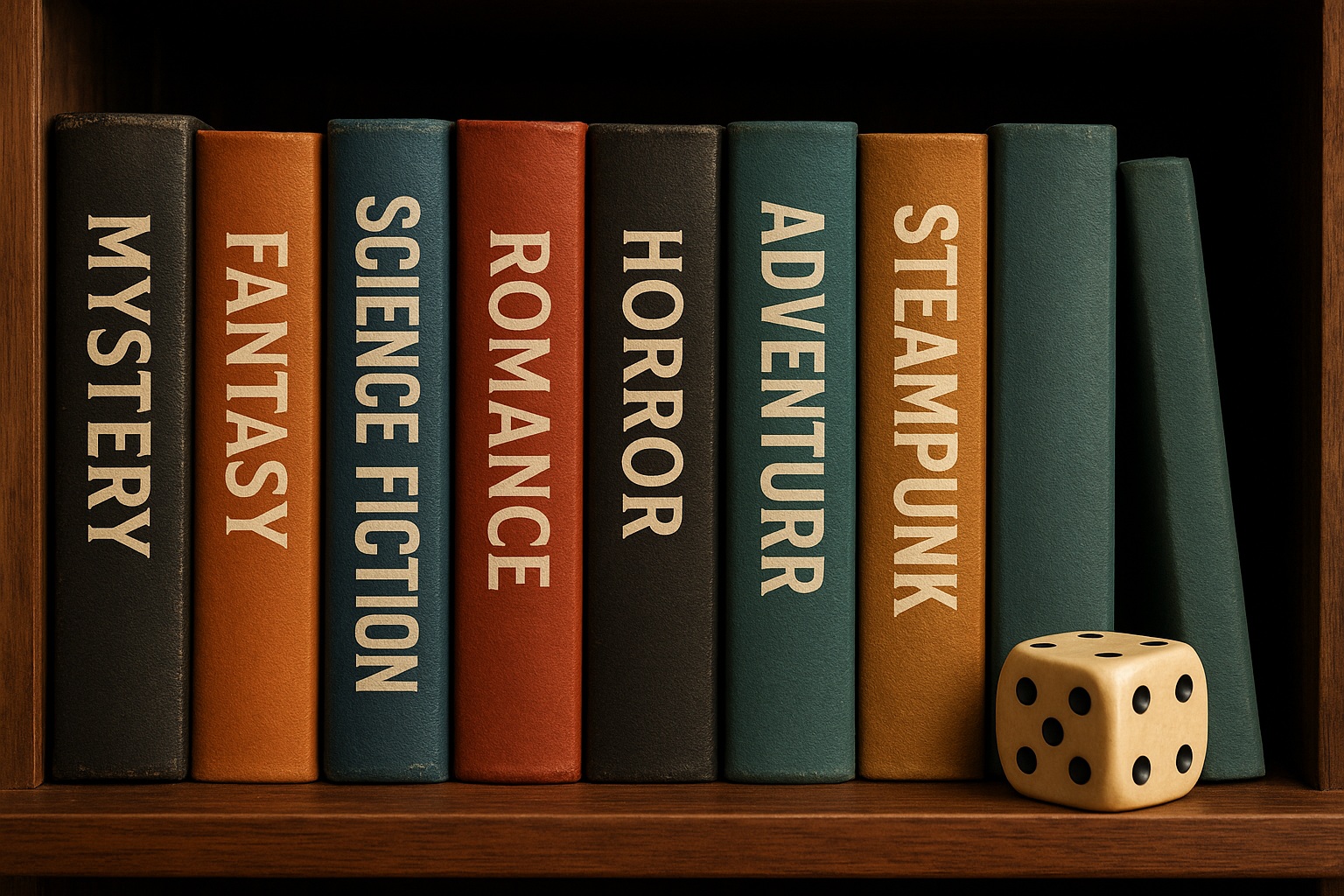I’m struggling with Flash Fiction at the moment. I have avoided writing it for quite some time. I don’t like reading it. I prefer to get engrossed in a juicy sized piece of fiction. Hell, I get sad when I finish reading a meaty saga like Dune or The Chronicles of Thomas Covenant because I don’t like that it finally has to end.
Soooo, why on earth did I sign up for a Flash Fiction contest then? Time is short right now. Working on long projects when I have a stupidly long survival job commute exhausts me. Plus, I just wanted to have a go. I find writing short stories challenging so I thought let’s try even shorter.
Anyway, I signed up for Writing Battle… again. I did a scriptwriting challenge with them some time ago but this time it is Flash Fiction Yes, I am writing this blog post when I should be writing that story and I am procrastinating thinking long and hard about it, because it is difficult… but I have found some tips that have had some aha moments so if, like me, you find writing flash fiction difficult, I hope they might help you to.
1 Core Moment
Flash is short. There is no time for deep concurrent stories lines, branches of possibility, multiple characters, time-lines, red herrings and long twisty journeys.
So, a flash story needs one strong shift…. Maybe a change in emotion, power or understanding.
Think of one thing that is different at the end from the beginning and that is the spine of the story. Added bonus, you then know your beginning and end and what the shift is… then the rest is a doddle right? (hahahahahah….hmmm).
2 Start Late, End Early
Won’t labour this one as everyone has probably heard this. But just incase you haven’t… There is no time to write your characters origin story. Jump right in to the moment where something is already happening.
No back story… no setting the scene… unless a single detail can imply it…
Do as I say not as I do.. I have to go look back over the story I am currently writing as I think I might have done just that.
3 Three Quick Beats
Think of a story like a Haiku… Three beats.
The 1st 25% is the setup / hook . A vivid image, tension or question.
The 2nd 50% is the turn or escalation where something happens that forces a choice or reveals something.
The 3rd is the resolution where there are the consequences of that change.
4 Image or Metaphor
Flash fiction often depicts a strong memorable image that carries the thematic weight of the story. You might want to ask yourself what visual or sensory moment does the whole story orbit around.
5 Use Time to Compress
Cheat time by using sentences such as “By the time the kettle boiled, he’d forgiven her.” Play with time jumps, fragments or contrasts and trust that the reader will fill in the blanks.
6 Let Subtext do the Heavy Lifting
Imply motive, emotion or history through action and detail rather than explanation. Don’t say “She missed her mother.” Show her polishing a chipped mug and placing it on the table anyway.
7 End with a Click not a Bang
The ending doesn’t always have to wrap everything cleanly with a bow on top. It should just shut with a satisfying click. Something that causes a shift in the reader in their understanding, emotion or perspective
If you fancy having a play with flash and short stories here are a few fun competitions




